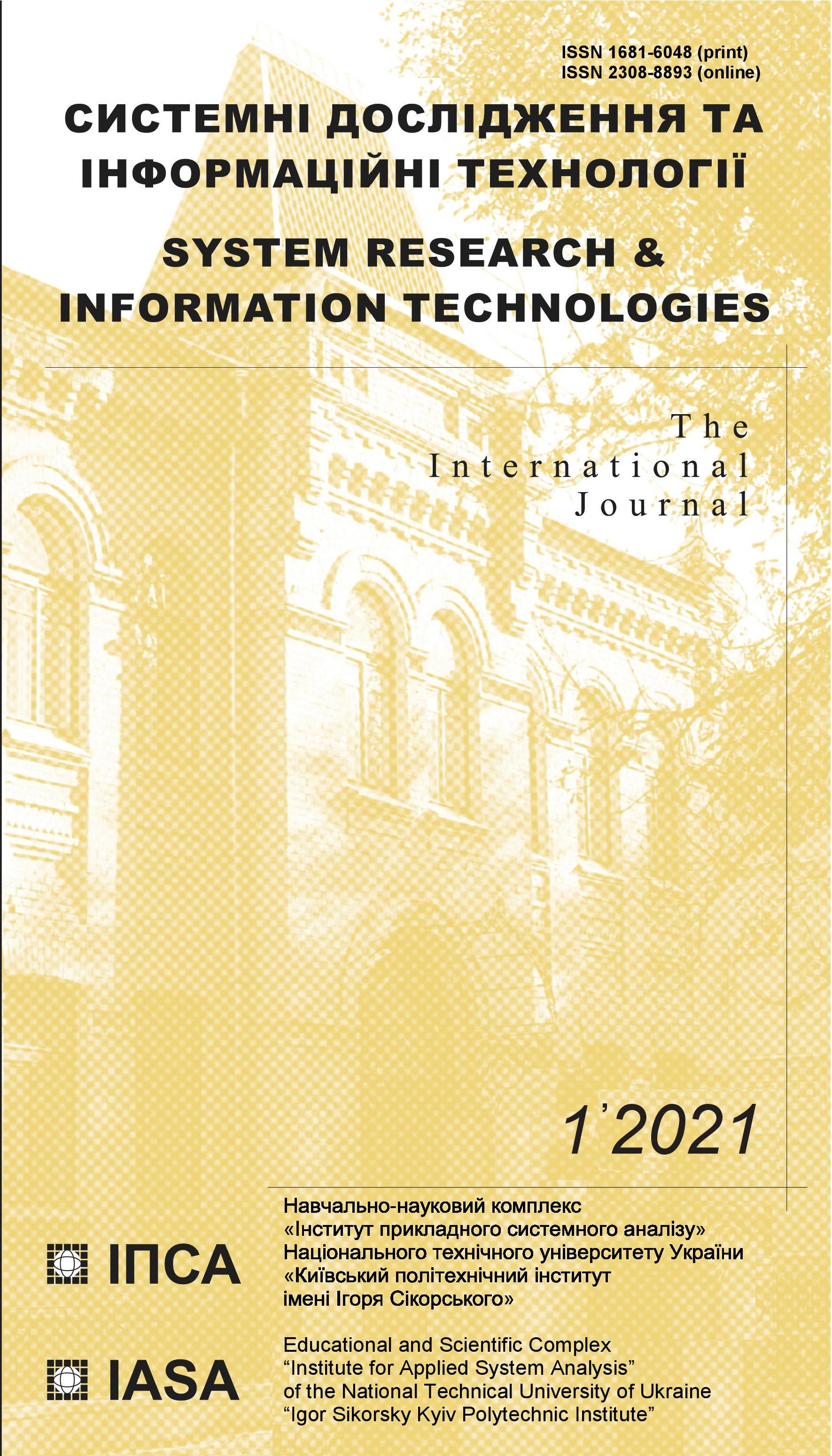Simulating angular momentum of gravitational field of a rotating black hole and spin momentum of gravitational waves
DOI:
https://doi.org/10.20535/SRIT.2308-8893.2021.1.01Keywords:
gravitational waves, angular momentum, curvature tensor, stress-energy tensor, black holeAbstract
In this research, we simulated the angular momentum of gravitational field of a rotating black hole and the spin momentum of gravitational waves emitted from the black hole. At first, we calculated energy densities of the rotating gravitational field and spinning gravitational waves as the vectors, which were projected on the spherical curved surface of the gravitational field and of the gravitational waves. Then we calculated the angular momentum and the spin momentum as the vectors perpendicular to the curved surface. The earlier research by Paul Dirac, published in 1964, did not select the curved surface to calculate the motion of quantum particles; but, instead, he chose the flat surface to develop the theory of quantum mechanics. However, we pursued the simulation of the gravitational waves in spherical polar coordinates that form the spherical curved surface of the gravitational waves. As a result, we found that a set of anti-symmetric vectors described the vectors that were perpendicular to the spherical curved surface, and with these vectors we simulated the angular momentum of the rotating black hole’s gravitational field and the spin momentum of gravitational waves. The obtained results describe the characteristics of the rotation of a black hole and of spinning gravitational waves.
References
Y. Matsuki and P.I. Bidyuk, “Analysis of negative flow of gravitational waves”, System Research & Information Technology, no. 4, pp. 7–18, 2019.
Y. Matsuki and P.I. Bidyuk, “Numerical simulation of gravitational waves from a black hole, using curvature tensors, System Research & Information Technology, no. 1, pp. 54–67, 2020.
Y. Matsuki and P.I. Bidyuk, “Simulating the rotation of a black hole and antigravity”, System Research & Information Technology, no. 3, pp. 124–137, 2020.
P.A.M. Dirac, Lectures on quantum mechanics; originally published by the Belfer Graduate School of Science. Yeshiva University, New York, 1964, 90 p.
P.A.M. Dirac, General Theory of Relativity. Florida University, A Wiley-Interscience Publication, John Wiley & Sons, New York, 1975, 70 p.
Y. Matsuki and P.I. Bidyuk, “Calculating energy density and spin momentum density of moon’s gravitational waves in rectilinear coordinates”, System Research & Information Technology, no. 3, pp. 7–17, 2019.
H. Goldstein, C.P. Poole, and J.L. Safko, Classical Mechanics. 3rd edition; published by Pearson Education Inc., 2002, 690 p.

